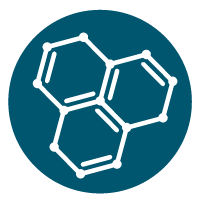Back
.png)
Small Animal
S43C - Clinical Pathology Results During the Patient’s Visit: Why and How?
Sunday, February 19, 2023
11:00 AM – 11:50 AM
Location: Mandalay Bay J, Level 2
Earn 1 CE Hours
Sponsored By
.png)
COMPANION ANIMAL HEALTH BY LITECURE

Pablo Lopez, DVM, MBA (he/him/his)
Veterinary Medical Director
Companion Animal Health
Montclair, New Jersey, United States
Briana Fraley, CVT
Pima Community College
Tucson, AZ, United States
Presenter(s)
Moderator(s)
The submission of routine cytology samples such as fine needle aspirates from skin masses, organs, body cavity fluids, lymph nodes, bone marrow aspirates, urinalysis, and fecal during the physical exam and receiving a preliminary diagnosis within 30 min of sample submission, while the patient is still in the clinic, is now possible thanks to the advances in technology which allows a board-certified clinical pathologist to have remote access to an in-clinic microscope and can adjust the slide’s position, focus and illumination. Images of the clinical case are captured, and a final report is generated. This lecture covers an overview of best practices for sample collection and preparation techniques.
Learning Objectives:
- Understand the importance of sample preparation and staining to minimize non-diagnostic samples and ensure a successful and accurate diagnosis
- Review basic sample collection methods including key advantages as well as potential drawbacks
- Understand the value of cytology results while the patient is still in the clinic
- Workflow overview for cytology offered at the point of case level, including relevant clinical cases






